Where else does the US have an infrastructure problem? Antarctica
The United States has had the most ambitious research programme in Antarctica for 50 years. But the infrastructure is ageing and deteriorating, and the new price tags are high
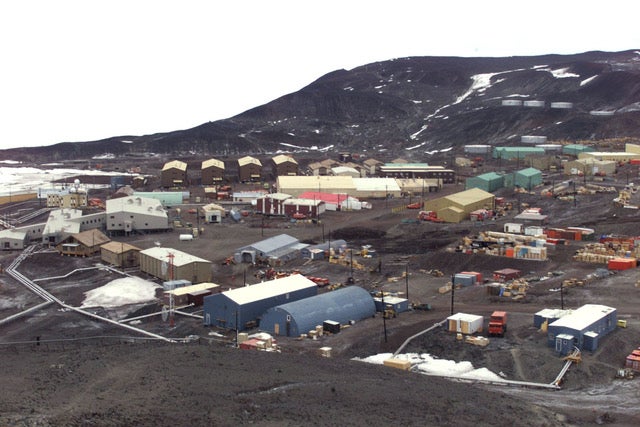
Your support helps us to tell the story
From reproductive rights to climate change to Big Tech, The Independent is on the ground when the story is developing. Whether it's investigating the financials of Elon Musk's pro-Trump PAC or producing our latest documentary, 'The A Word', which shines a light on the American women fighting for reproductive rights, we know how important it is to parse out the facts from the messaging.
At such a critical moment in US history, we need reporters on the ground. Your donation allows us to keep sending journalists to speak to both sides of the story.
The Independent is trusted by Americans across the entire political spectrum. And unlike many other quality news outlets, we choose not to lock Americans out of our reporting and analysis with paywalls. We believe quality journalism should be available to everyone, paid for by those who can afford it.
Your support makes all the difference.The American research station on the edge of this frozen continent may look like a mining camp in the wilderness, but it is actually one of the glories of American science.
At McMurdo Station, black volcanic dust boils off unpaved roads, sticking to trucks and buildings. People eat canned vegetables, sleep in windowless rooms and routinely wear 20 pounds of clothes to survive temperatures far below freezing.
From its origin as a collection of Navy huts six decades ago, the station here has grown into a small town with more than a thousand residents during peak months.
It has long been the main hub for the most ambitious Antarctic research programme run by any nation. Hundreds of scientists cycle through every year to study the perils of collapsing ice caps, the mating habits of penguins, the deep history of the Earth and the great mysteries of the cosmos.
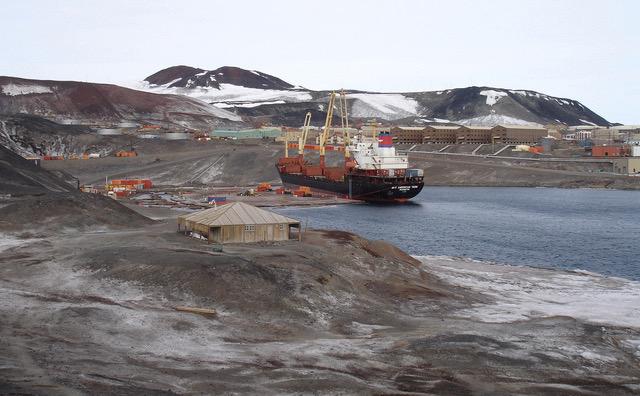
Now, in an era when the Trump administration is seeking to slash federal spending, the fate of Antarctic research is an open question.
The cost of keeping the American lead in Antarctica may be high. The National Science Foundation, which runs the research programmes in Antarctica and Greenland, has decided that the ageing, inefficient buildings at McMurdo must be replaced. It has devised a plan with no official price tag yet, but it is almost certain to cost hundreds of millions of dollars.
In addition, the ships that deliver supplies every year must be led by a boat capable of breaking heavy sea ice. The only one in the United States’ fleet big enough to do the job, the Coast Guard’s Polar Star, is a decrepit 40-year-old vessel that members of the crew sometimes call “a rust bucket.”
Russia, by comparison, will soon have more than 50 icebreakers. Several will be powered by nuclear reactors. In Congress, members of both parties have called the situation a national embarrassment and provided funds to begin designing a new American icebreaker fleet.
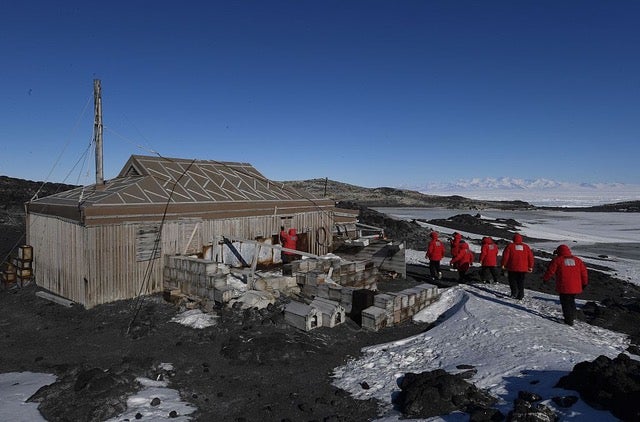
But the ships may cost $1bn (£762m) apiece, and the bulk of the money has yet to be allocated. In the best case, the first new icebreaker will float out of dry dock six years from now.
In the meantime, unplanned ship repairs could force McMurdo and its sister station, at the South Pole, to operate with skeleton crews for a year or more, shutting down most of the scientific research.
“We are living on borrowed time,” Kelly K Falkner, the director of polar programmes at the National Science Foundation, said.
The deterioration at McMurdo can be seen as an extension of the national infrastructure crisis that President Donald Trump ran for office vowing to fix, even if the problems are 8,000 miles from the mainland U.S.
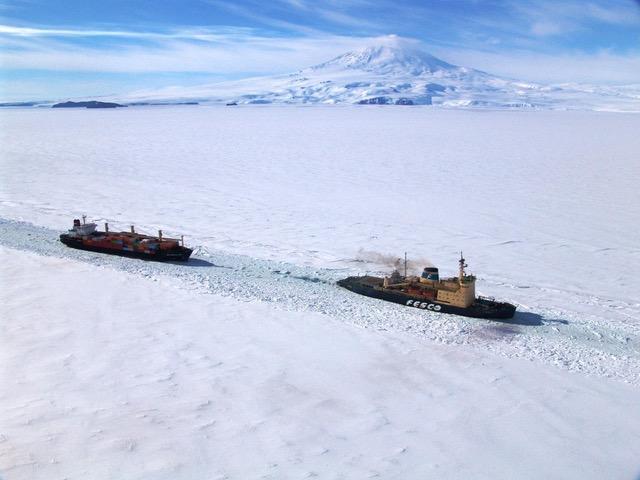
For the people who operate McMurdo Station, getting by on a shoestring is a point of pride. Trucks and other pieces of heavy equipment are patched again and again, and kept running for decades.
“Anything we get, we squeeze every bit of life out of it,” said Paul Sheppard, a retired Air Force colonel who is the deputy head of Antarctic logistics for the National Science Foundation. “The taxpayers get a tremendous return on investment.”
The United States’ ownership of this prime scientific asset is, in part, a relic of the Cold War. The adversary then was the Soviet Union, and the two nations competed to project influence all over the globe and far into space.
That competition — which took American astronauts to the moon in 1969 — was also a big reason that American flags were ultimately hoisted over the best piece of dry land in Antarctica, on which McMurdo Station sits, and over the most symbolic spot on the continent, the South Pole.

Today China, more than Russia, is the rising competition in Antarctica, identifying research there as a strategic national priority. China has four permanent bases, with a fifth planned. The US has three bases and multiple field camps, and its overall programme is still far larger than China’s.
Much of the American science does not actually happen at McMurdo. The camp is effectively a logistics hub — or, as one committee declared recently, the polar equivalent of a Nasa launchpad.
“Over 150 different research projects operate out of McMurdo Station every year, and all of them require a tremendous amount of logistical support, everything from moving heavy cargo to supplying food to getting people out to remote corners of the continent,” said Michael Lucibella, editor of The Antarctic Sun, the US Antarctic Programme’s online newspaper. “It’s a kind of logistics that I’d never seen before.”
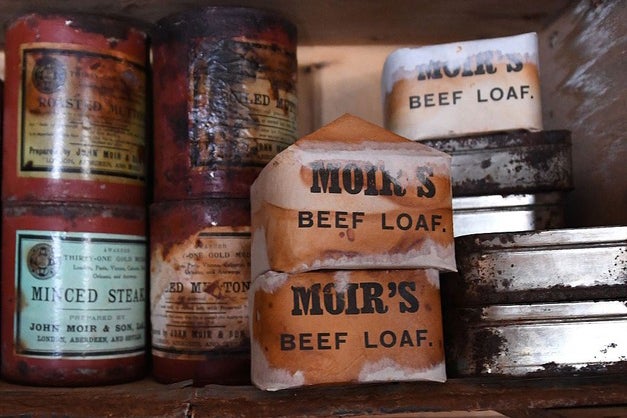
From the station, teams of scientists can fly to field camps deep in the Antarctic interior, plumb the ocean depths and catch helicopters into the nearby McMurdo Dry Valleys, an ice-free region where hundreds of millions of years of the planet’s history are exposed in the hillsides.
McMurdo is also the lifeline for the American base at the South Pole. Tractors drag huge fuel bladders from here across a thousand miles of ice, in treks that take weeks, to supply the South Pole station.
Spending days in a convoy of tractors rolling at eight miles an hour can be tedious, but the trips provide plenty of time for reading, music and reflection. “One day I got into camp and they asked me what I was listening to,” said Steve Zellerhoff, a traverse supervisor based at McMurdo who oversees the long-distance hauling of science equipment over the ice. He replied: “I listened to ‘Radiolab.’ All of ‘Radiolab.'”
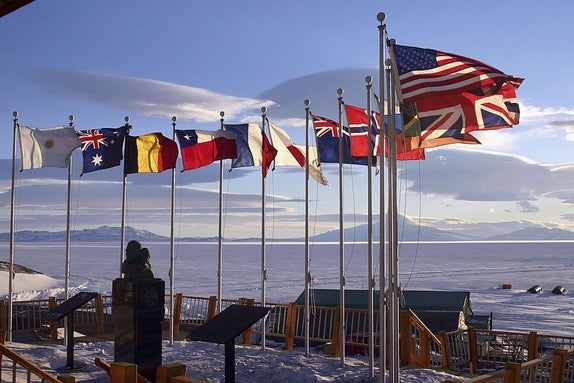
The South Pole station houses not just ice-related research but also some of the world’s most important astronomical observatories, including one designed to detect fleeting neutrinos given off by the most violent events in the universe, like exploding stars.
Supporting all of this work requires hundreds of staff members, who travel each year to Antarctica to cook, clean, repair machinery and even fight fires.
Dale Rivers oversees the fleet of heavy equipment that keeps the roads clear and McMurdo running smoothly. “You can’t really take people here at face value,” he said during one “Daledoggle” — a drive around town in his well-used pickup truck. “One year there were more PhDs working in the galley than in the Crary Lab,” he added, referring to the station’s science and engineering center. “So really, the guy sweeping the floor might have a PhD. The cross section of talents is just phenomenal. And it’s all here, all dressed in Carhartts.”
At McMurdo, meals are free and hot pizza is available 24 hours a day. A Wells Fargo ATM dispenses cash, though there are few places to spend money. The lone hairstylist is in high demand among the members of the New York Air National Guard assigned to the station, though less so among some of the workers. “I do a lot of military fades,” said Alicia Sutherland, who charges $10 for a haircut. “But a lot of the people are like, ‘I’m in Antarctica, I’m going to just grow everything out.'”
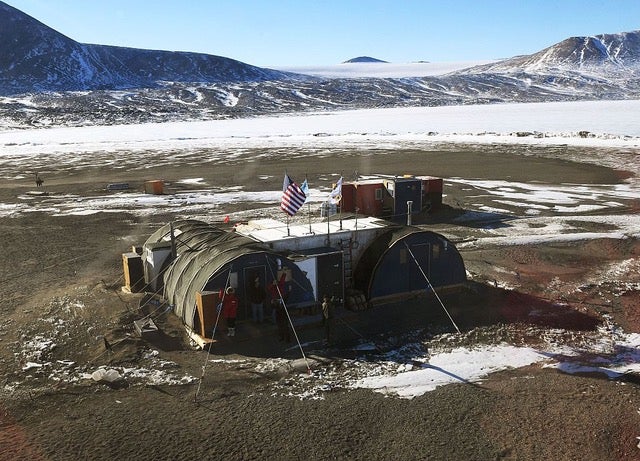
Both the scientists and the staff members need bars, of course — not one but two, Gallagher’s Pub and Southern Exposure. In a town where the sun circles overhead and a sundial casts shadows equally well at midnight and at noon, dark bars provide the welcome illusion of night. And, in a stark landscape of black rock and white ice, people who spend time here invariably develop a fondness for costumes.
“One day I was walking and I saw one of the janitors dressed up in a cheerleader outfit wearing fairy wings, and I said to him, ‘Oh, are you going to the costume party tonight?'” said Kelly Swanson, a Massachusetts doctor who has spent several seasons running recreation programmes at McMurdo. “And he said, ‘No, I’m going to dodgeball.'”
Laura Gerwin, a photographer from Santa Fe who works as a shuttle driver on the ice, said: “You see a lot of tutus, a lot of bright-coloured socks, a lot of onesies. If we didn’t have humour down there we’d have a very hard time on that harsh continent.”
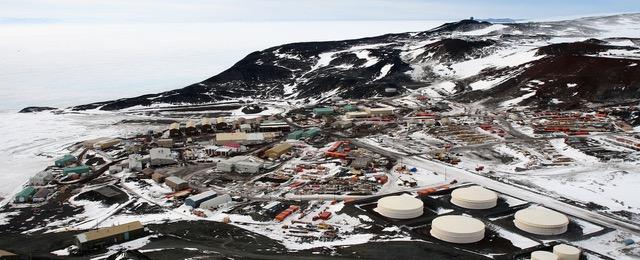
McMurdo is spread out across more than a hundred buildings, many of them fairly small — a legacy of its origins as a Navy camp, but seen today as one of the biggest problems.
The layout means a lot of moving among buildings in the freezing weather: to retrieve supplies scattered across multiple warehouses, to fetch vehicle parts, to stash garbage and recycling (McMurdo has an elaborate recycling programme and recycles two-thirds of its waste). It drives up labor costs and increases the number of workers who must be housed and fed on site.
“If you designed it from scratch, you wouldn’t have designed it the way it is,” Falkner, the chief of polar programmes, said.
The redesign would combine many of the existing warehouses, dormitories and other functions in one much larger, taller building, which would use energy and labor more efficiently.
Some scientists with experience in Antarctica are worried that Congress could starve scientific programmes while the station is rebuilt.
The funding questions are likely to receive scrutiny in the next few years, as the science foundation begins to request the large sums that the plan will require.
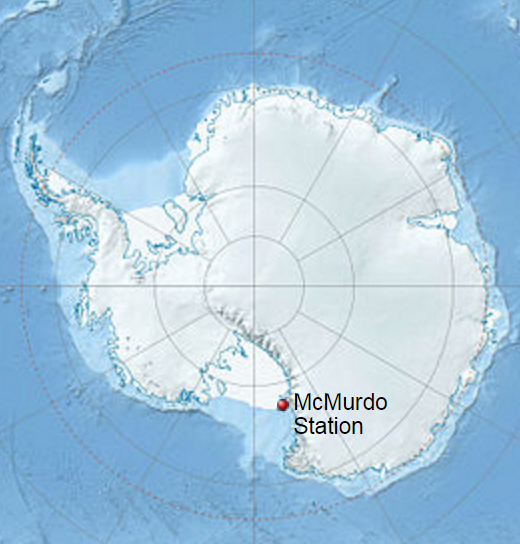
A more immediate issue, though, is whether Congress will allocate money for the ice-breaking ships that would, among many other tasks, ensure that the American bases in Antarctica can be resupplied every year.
After early concerns that the Coast Guard budget might be slashed, the Trump administration pledged continued support for the agency, and the President himself boasted about the plans for new icebreakers.
So far, Congress has allocated only planning and design money. Hundreds of millions of dollars for construction are likely to be required in the next few federal budgets.
Admiral Paul F Zukunft, commandant of the Coast Guard, has been publicly optimistic. “We are sprinting out of the starting blocks to build the first heavy icebreaker by 2023,” he said in a speech in March.
© New York Times
Subscribe to Independent Premium to bookmark this article
Want to bookmark your favourite articles and stories to read or reference later? Start your Independent Premium subscription today.
Join our commenting forum
Join thought-provoking conversations, follow other Independent readers and see their replies
Comments